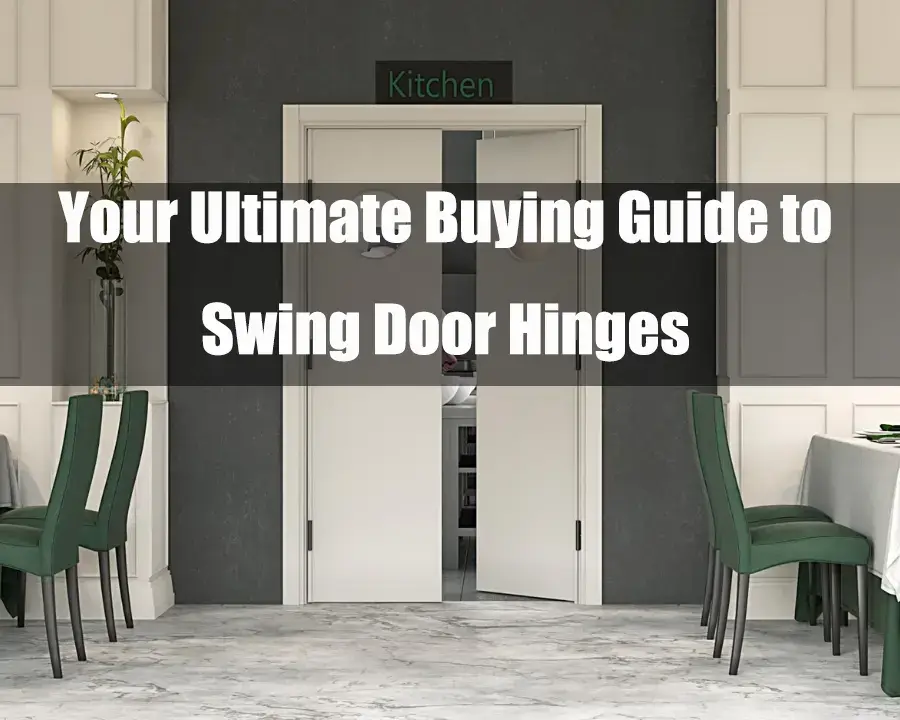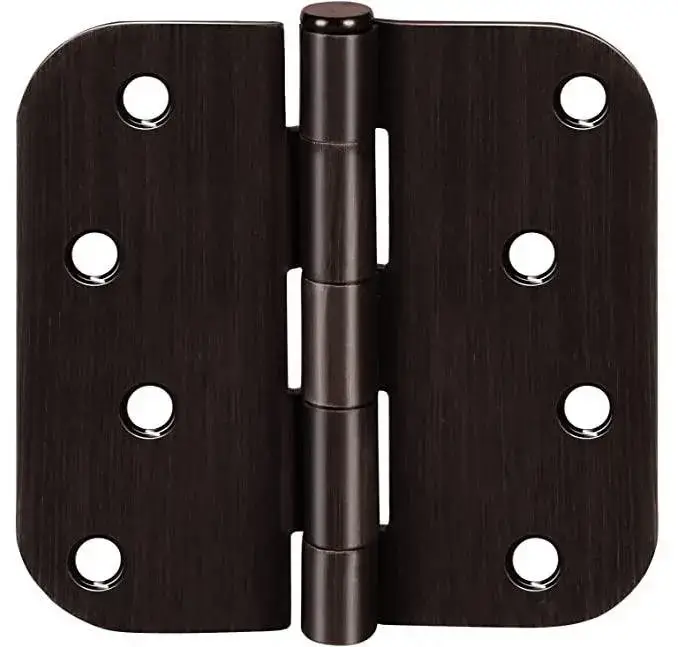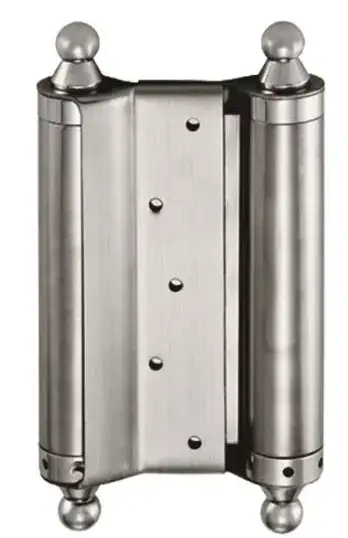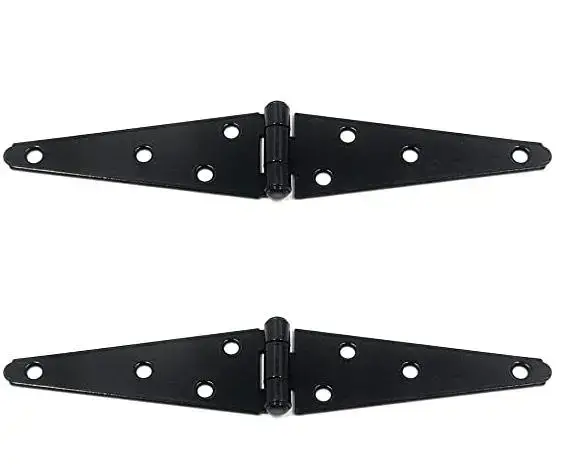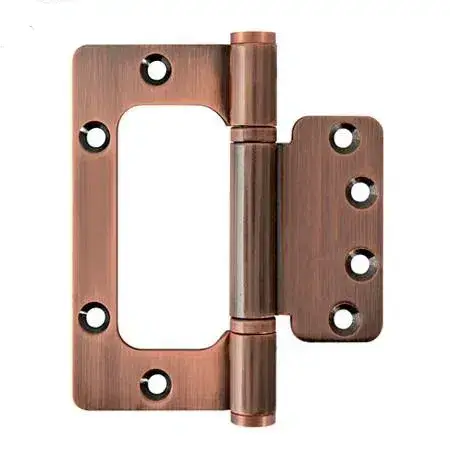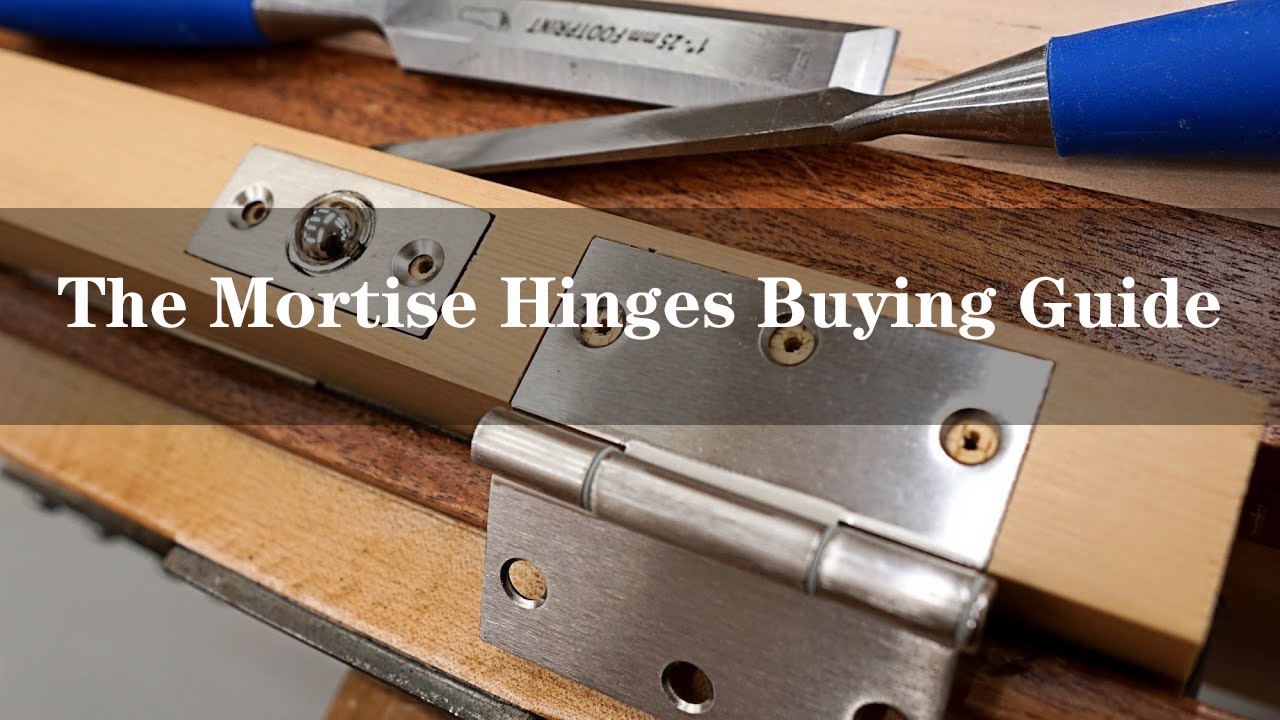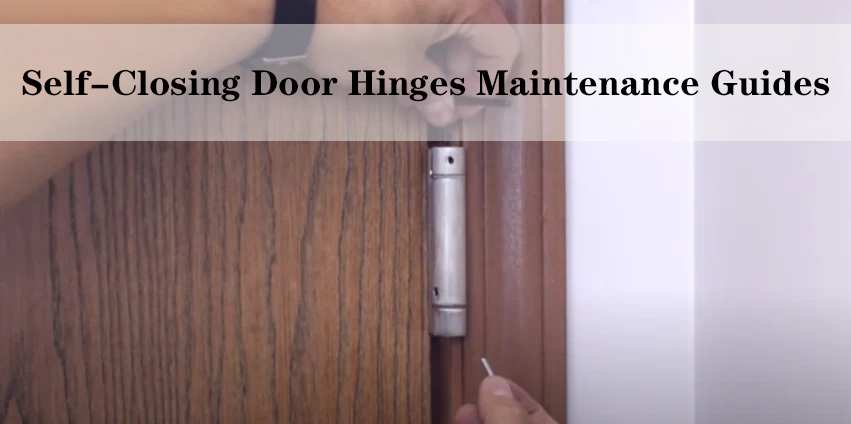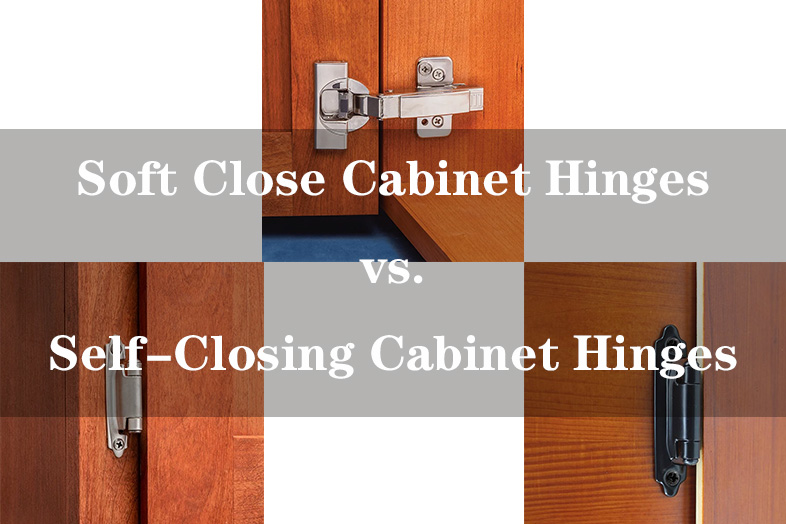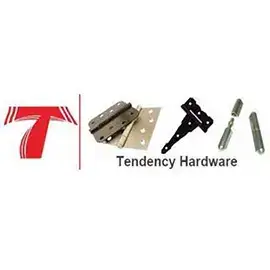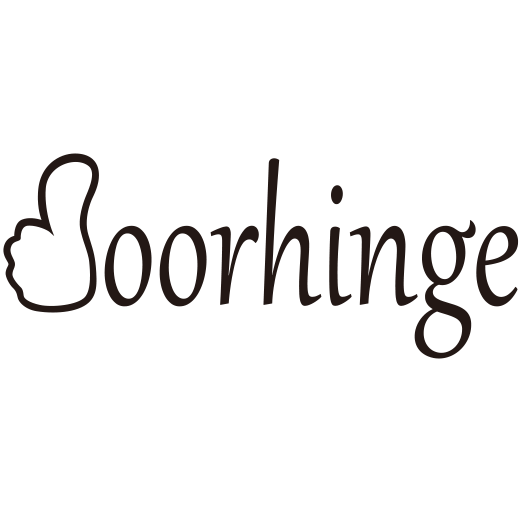Swing door hinges might seem like a minor detail, but they play a significant role in the smooth operation of doors in your home or workplace. Whether you’re in the process of replacing worn-out hinges or seeking the perfect hinges for a new door, this comprehensive guide is here to assist you. We’ll take you through the ins and outs of swing door hinges, equipping you with all the information you need to make the right selection.
Understanding Swing Door Hinges
Swing door hinges, often referred to as pivot hinges, are the unsung heroes behind the effortless swinging of doors. They are a fundamental component for both interior and exterior doors in residential, commercial, and industrial settings. To ensure you choose the right hinges for your specific needs, let’s delve into the various types of swing door hinges and their defining characteristics.
Types of Swing Door Hinges
1. Standard Butt Hinges
Standard butt hinges are the most common and straightforward type of swing door hinges. They consist of two plates, one attached to the door and the other to the door frame. When the door is closed, these plates come together, allowing the door to swing open and closed. Standard butt hinges are versatile and widely used for interior doors. They come in various sizes to accommodate different door weights and sizes. These hinges are relatively easy to install, making them a popular choice for many applications.
2. Ball Bearing Hinges
Ball bearing hinges are designed to provide smooth and quiet door movement. They contain small ball bearings within the hinge knuckles, which reduce friction and allow the door to swing with minimal effort. These hinges are ideal for heavy doors or doors located in high-traffic areas. The ball bearings distribute the weight of the door evenly, preventing excess wear on the hinges and ensuring longevity. Ball bearing hinges are commonly used in commercial buildings, hotels, and other spaces where noise reduction and durability are essential.
3. Continuous Hinges (Piano Hinges)
Continuous hinges, often referred to as piano hinges due to their elongated appearance, extend along the entire length of the door. Unlike other hinge types, they provide consistent support along the door’s edge. Continuous hinges are frequently used for heavy doors or doors that require extra stability and security. They distribute the weight of the door evenly, reducing stress on specific hinge points. Continuous hinges are commonly seen in applications such as entrance doors, storage cabinets, and large gates.
4. Double Acting Spring Hinges
Double acting spring hinges are designed to allow the door to swing in both directions. They incorporate springs that automatically return the door to its closed position after opening in either direction. These hinges are commonly used for doors in commercial settings, such as restaurants and hospitals, where hands-free operation and self-closing capability are important. Double acting spring hinges ensure that the door remains closed when not in use, contributing to energy efficiency and maintaining security.
5. T-Hinges
T-hinges, as the name suggests, have a shape resembling the letter “T.” They consist of two plates, with one plate attached to the door frame and the other to the door itself. T-hinges are often used for gates and doors that swing in only one direction. They provide stability and support, preventing the door from sagging over time. These hinges are relatively easy to install and are commonly seen on garden gates, shed doors, and rustic-style doors. T-hinges add a touch of traditional charm to the overall appearance of the door.
6. Strap Hinges
Strap hinges are named for their resemblance to belts or straps. These hinges are mounted on the surface of the door and door frame, giving them a decorative and distinctive appearance. Strap hinges are known for their strength and durability, making them a suitable choice for heavy doors or gates. They often feature decorative designs and are commonly used for both functional and aesthetic purposes. Strap hinges can add a rustic or vintage touch to doors, gates, barn doors, and cabinets, enhancing the visual appeal of the application.
7. Concealed Hinges
Concealed hinges, also known as invisible hinges, are designed to be hidden within the door and frame, offering a sleek and minimalistic appearance. They are ideal for doors where aesthetics play a significant role. These hinges are installed within recesses, making them nearly invisible when the door is closed. Concealed hinges provide a clean and contemporary look, often used in high-end interior designs, cabinetry, and furniture. Their discreet nature enhances the overall visual appeal of the door, maintaining a seamless appearance.
8. Bi-Fold Hinges
Bi-fold hinges are specifically designed for doors that fold in the middle, commonly seen in closet doors, room dividers, and folding doors. They enable the door panels to fold together, saving space when the door is open. Bi-fold hinges consist of two plates connected by a pin, allowing the door to fold smoothly along the hinge line. These hinges contribute to efficient space utilization and are often used in areas with limited room for swinging doors.
Key Features to Consider
1. Material
The material of the swing door hinge plays a significant role in its durability and performance. Common materials include:
Steel: Steel hinges are known for their strength and resilience. They are suitable for both interior and exterior doors and are available in various finishes.
Stainless Steel: Stainless steel hinges are highly resistant to rust and corrosion, making them ideal for doors exposed to moisture or outdoor elements. They offer a sleek and modern appearance.
Brass: Brass hinges provide an elegant and classic look. They are often chosen for decorative doors and can develop a charming patina over time.
2. Weight Capacity
Consider the weight of the door that the hinge will be supporting. Hinges are typically rated for specific weight capacities. Choosing hinges that can handle the door’s weight ensures smooth operation and prevents strain on the hinges.
3. Swing Type
Determine whether the door needs to swing in one direction or both directions. Different hinge types accommodate different swing patterns:
Single Swing: Some hinges allow the door to swing in only one direction. These are suitable for doors that need to open in a specific direction.
Double Swing: Other hinges, known as double acting hinges, enable the door to swing in both directions. These hinges are especially useful for doors in high-traffic areas.
4. Aesthetic Considerations
The appearance of the swing door hinge can significantly impact the overall look of the door and its surroundings. Pay attention to:
Finish: Hinges come in various finishes, such as satin nickel, polished chrome, oil-rubbed bronze, and more. Choose a finish that complements the door’s style and the overall design of the space.
Design: Some hinges feature decorative elements or unique designs that can enhance the door’s visual appeal.
5. Installation Ease
Consider the complexity of installing the swing door hinges. Some hinge types might require more intricate installation procedures, while others are straightforward to mount.
6. Noise Reduction
If minimizing noise is important, consider hinges that are designed to provide quiet operation. Ball bearing hinges, for instance, are known for their smooth and silent movement.
7. Security
Certain hinge types, such as continuous hinges, offer added security due to their construction. For doors that require an extra level of security, choosing hinges designed for this purpose is beneficial.
8. Durability
Invest in hinges that are built to withstand regular use and the elements, especially if the door is exposed to outdoor conditions.
Selecting the Right Hinge Size
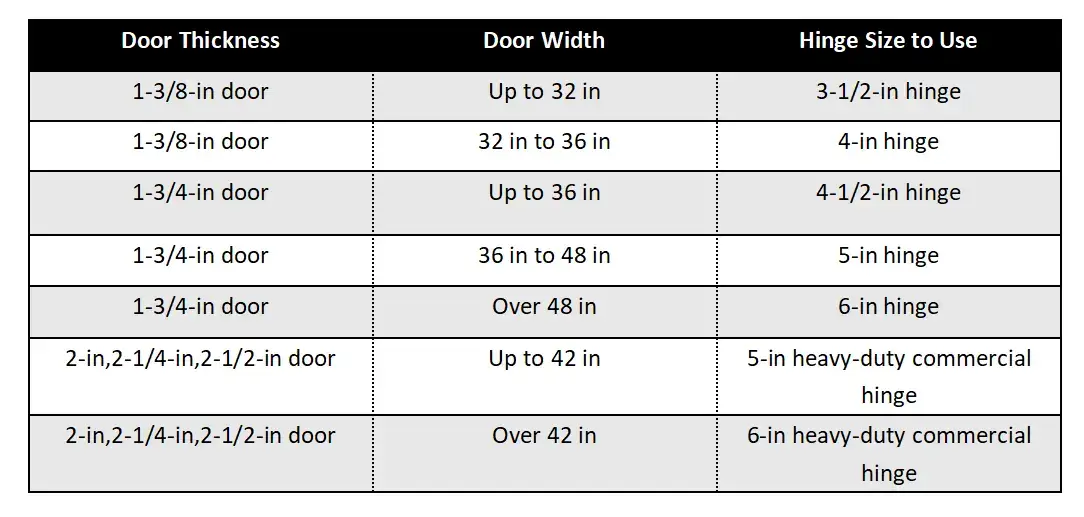
Determining the appropriate hinge size involves a few simple steps:
Measure both the height and width of your door accurately.
Calculate the door’s weight, as heavier doors necessitate sturdier hinges.
Match your measurements with the hinge’s weight and size specifications.
Installation Tips
While installing swing door hinges is relatively straightforward, precision is essential for optimal performance:
Begin by marking the hinge’s intended location on both the door and the frame.
Use a chisel to carve out recesses for the hinge plates, ensuring a flush fit.
Secure the hinge plates to the door and frame using the provided screws.
Gently hang the door on the hinges and confirm that it swings freely and evenly.
Common Issues and Practical Solutions
Squeaky Hinges: A common woe, squeaky hinges can be addressed by applying a silicone-based lubricant to the hinge pins, effectively eliminating irritating noises.
Door Misalignment: Should you encounter problems with the door not closing properly, verify the alignment of the hinges. If necessary, make adjustments to the hinge plates to rectify the issue.
Maintenance and Care
Safeguard the longevity of your swing door hinges through regular maintenance:
Routine Lubrication: Periodically apply lubricant to the hinge pins to mitigate friction and prevent bothersome squeaks.
Tighten Screws: Regularly check the hinge screws to ensure they remain securely fastened. Loose screws can compromise door alignment and functionality.
In Conclusion
While often overlooked, swing door hinges wield significant influence over the ease of door operation. Whether you’re gravitating towards standard butt hinges or opting for specialized ball bearing hinges, taking into account factors such as material, weight capacity, and swing type is essential. Proper installation and consistent maintenance are paramount to guaranteeing that your doors continue to swing with effortless grace over the years. With this guide at your disposal, you’re well-equipped to make informed decisions when it comes to selecting the perfect swing door hinges for your needs.
